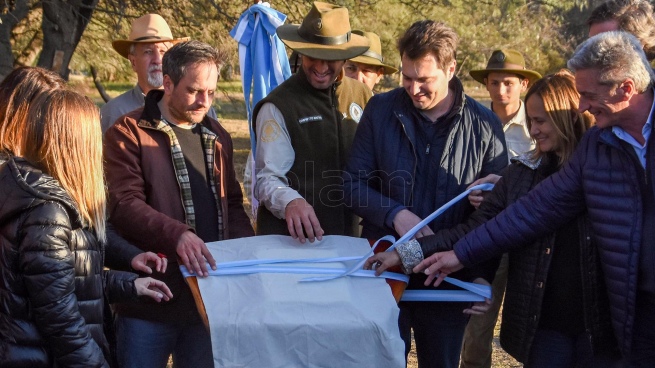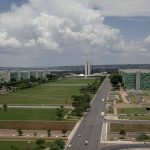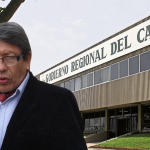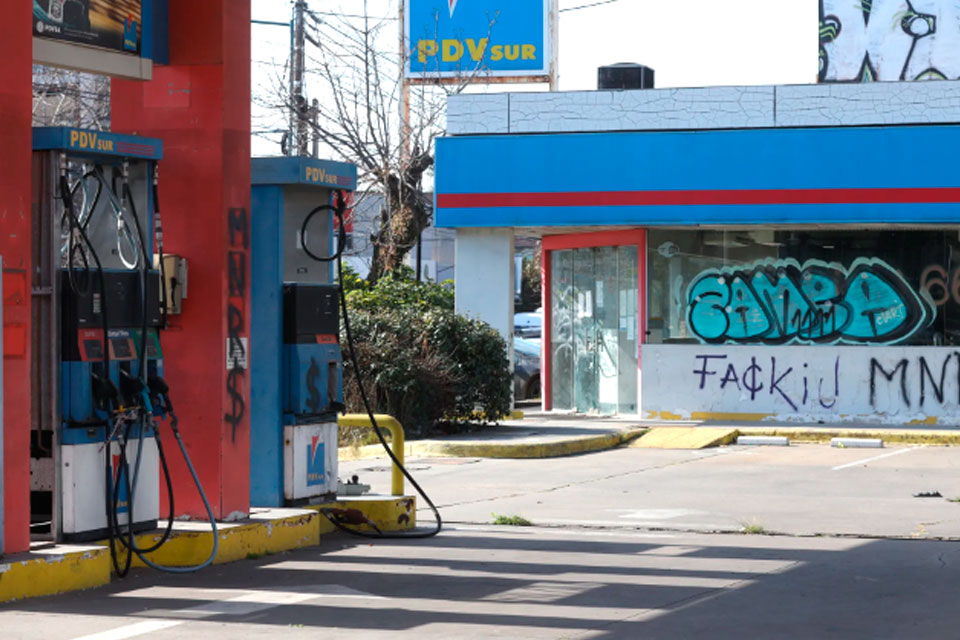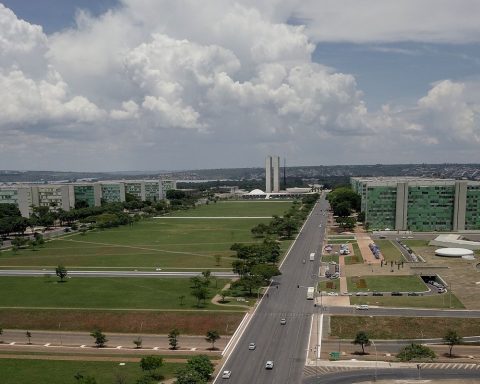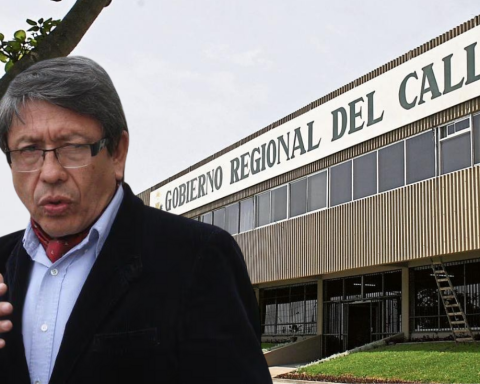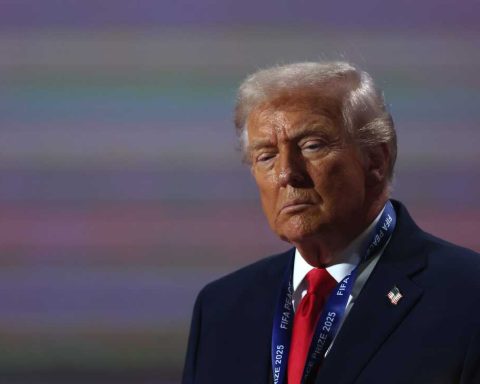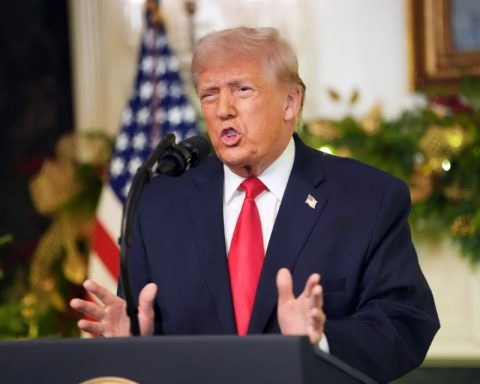The Minister of Environment and Sustainable Development of the Nation, Juan Cabandiéparticipated this Saturday in Córdoba in the inauguration of the Ansenuza National Park, which took place within the framework of a festival organized by the portfolio who drives, the National Parks Administration (APN) and the Ministry of Culture.
The day included different live musical shows, fairs and gastronomic proposals, activities that were public and free, said an official statement.
There Cabandié held the meeting and stressed that “the construction stage of this park was carried out in a participatory manner with the mayors, with the province, communities, neighbors, neighbors, various social actors, NGOs, the national government and National Parks.”

In this framework, the head of the Nation’s environmental portfolio highlighted: “This is the right way to work, with a federal vision, seeking consensus with the provinces and municipalities”, and stressed that in the process of creating Ansenuza ” He played a fundamental role.”
In addition, Cabandié made reference to the ecosystem that surrounds the brand new park and explained that “Valuing this protected area opens up a range of opportunities that go from the side of development, conservation and care”.
Along the same lines, the minister explained that “this time demands the need to think about new developments, such as clean industries such as tourism”, and added: “Tourism is also an opportunity and it has been shown, in our country and in the world, that development with clean industries allows consolidated developments, with effective distribution of profits that make it possible for communities to grow without neglecting the environment”.

During the day, Cabandié, the Secretary of Environment of Córdoba, Juan Carlos Scotto and the mayor of the town of Miramar, Adrián Walkerthey discovered the inauguration plaque located in the quartermaster of the brand new national park, there was also present at the act, the new mayor of the park, Matías Carpinetto.
There, Minister Cabandié highlighted the political will to achieve the creation of this new protected area and said: “We have managed to join pieces and build a path that we have to claim: the fact that we have agreed Nation, province and 21 municipalities” .
“This national park has very big objectives. Not only to conserve, preserve more than 250 species of fauna, capture emissions, but also to develop clean industries such as nature tourism.”

Finally, he stated: “We have already created three in this administration and two more national parks and one application are pending in Congress and we are still waiting for the wetland law, it is very necessary that it be approved in the National Congress,” and he stressed that “With this national park we protected the largest wetland in the country.”
In his turn, Mayor Walker thanked the moment and expressed that this park “is the product of collaborative work and the commitment to take care of the common home, as Pope Francis requests” and invited everyone to enjoy the space with the joy that deserves.
Then, Secretary Scotto especially thanked Minister Cabandié and all those who in one way or another “had the initiative to do the necessary work to be able to make the decision in the provincial legislature to cede environmental jurisdiction to the national government and the political decision to do it”.

Within the framework of his visit to the province of Córdoba, Cabandié also signed various agreements with local authorities.
In La Para, the official signed a mutual collaboration agreement with the municipality and another with the province’s Ministry of Education for a property in the Isla Larga area. An agreement was also signed with the municipality of Brinkmann, for a property in the municipal campsite, in addition to three agreement minutes, which involve that municipality and those of La Paquita and Marull.
About Ansenuza
The Ansenuza National Park is the third in Córdoba and number 41 in the country. It covers 661,416 hectares and includes the Mar Chiquita lagoon, which is the largest salt lake in South America and the fifth largest in the world, making it one of the most important sites for the conservation of birds in the center of the country. It is an area of great wealth in biodiversity and one of the most important tourist attractions in that area.


